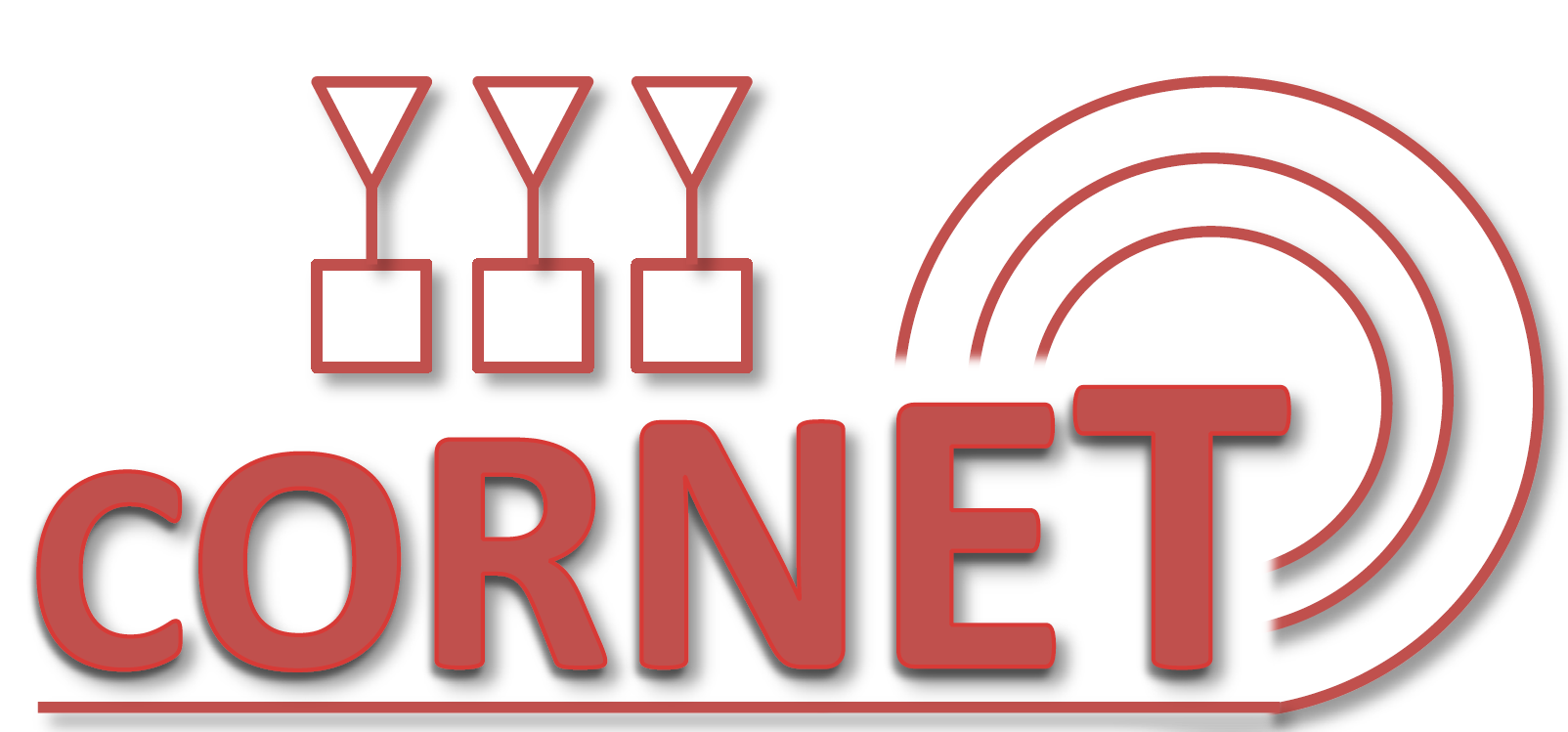Changes between Version 21 and Version 22 of CORNET/HowToUseCORNET
- Timestamp:
- 10/19/15 19:41:23 (9 years ago)
Legend:
- Unmodified
- Added
- Removed
- Modified
-
CORNET/HowToUseCORNET
v21 v22 1 == Current Testbed Operational Status ==2 3 4 === '''NOTE:''' CORNET recently upgraded the node image to 64 bit Ubuntu 13.10 with !GnuRadio 3.7.1 and UHD 3.5.4 (1st and 2nd floor; floors 3 and 4 in progress). In the unlikely case this upgrade has broken your research, the old image can still be installed. Please contact the CORNET administration for details. ===5 6 1 All CORNET nodes currently have private IP addresses, and are behind the CORNET firewall. However, the 7 2 ssh port for each individual node is still directly accessible through the firewall. To access the CORNET nodes you must ssh to the CORNET gateway, ''128.173.221.40'', using a specific port that is unique to each CORNET node. The CORNET gateway redirects the ssh traffic to the appropriate CORNET node ssh server. … … 180 175 Once you have copied the files to your user directory, verify the copy was successful by issuing the "ls" command in the first shell you opened. You may now directly work with the files in your user directory. 181 176 182 === Using OSSIE with CORNET ===183 184 In order to place custom OSSIE waveforms and components on the nodes, first follow the above procedures to copy the needed directories to your CORNET user directory. When finished, ssh into a node and browse to your user directory. In order for OSSIE and ALF to recognize your components, they must be installed to the node. To install a component or waveform, simply enter the component or waveform directory and issue the following commands. Only waveforms and components developed using OSSIE 0.8.0 and later are supported:185 186 {{{187 # sudo ./reconf <- Only needed if using a different version of OSSIE than 0.8.1188 # sudo ./configure189 # make190 # sudo make install191 }}}192 193 This will compile your code and place the binaries in the /sdr/dom/bin and /sdr/dom/waveforms directories. You can then start the waveforms using the c_wavloader command line tools or from the OEF/ALF environment. Provided you are logged in with X11 forwarding enabled, you can load the Eclipse and ALF GUI's on a remote node with the following command:194 195 {{{196 # cd ~/eclipse197 # sudo ./eclipse198 # ALF199 }}}200 177 201 178 === Time Synchronization === … … 215 192 Each node contains the following software: 216 193 217 * Ubuntu Linux 10.04 Client Version 218 * GNU Radio 3.3.0 219 * OSSIE 0.8.2 194 * Ubuntu Linux 14.04 LTS 195 * GNU Radio Companion 3.7.6
